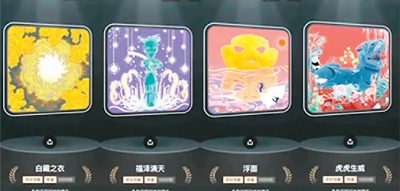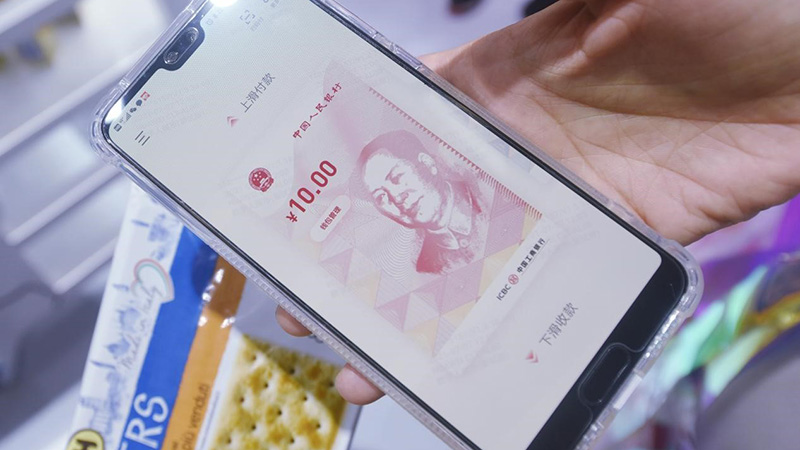NFTs themed on China’s cultural relics become smash hit
Non-fungible tokens (NFTs) associated with China’s cultural relics are heating up in China, gaining increasing popularity among the country’s younger generation in particular.

Photo shows digital collectibles launched by the Jinsha Site Museum in Chengdu, southwest China’s Sichuan Province.
Built using blockchain technology, NFTs typically refer to those digital assets that can take the form of virtual trading cards, images of physical objects and more. Many Chinese museums such as the Palace Museum, National Museum of China, Hubei Provincial Museum in central China’s Hubei Province, and Hunan Museum in central China's Hunan Province have launched NFTs inspired by the cultural relics they house in their collections. Statistics show that 44.11 percent of the cultural relics included in a national survey in China have been tokenized, among which 67.82 percent are considered highly valuable ones.
A man surnamed Chen, who is a lover of cultural heritage, bought an NFT of the Changxin Palace Lantern from the Western Han Dynasty (206 BCE – 25 CE) launched by Hebei Museum in north China’s Hebei Province. “Look at it, it’s so beautiful!” he said. The 3D digital collectible can be viewed from different angles using a smartphone application. Besides, Chen has bought many other NFTs, such as the Fu Hao Xiao Zun (a bronze wine vessel in the shape of an owl) launched by Henan Museum along with NFT-backed mystery boxes featuring Bing Dwen Dwen, the official mascot for the Beijing 2022 Olympic Winter Games, all of which can be appreciated with the same application.
Chen added that he has formed the habit of buying digital collectibles, and sometimes gives some of the items to his friends and relatives as presents. “They’re not expensive, with a maximum of 10 yuan (about $1.57) each.”
Similarly, a woman surnamed Li from an Internet company in Beijing gave some of the NFTs featuring Flying Apsaras from Dunhuang's Mogao Grottoes in northwest China's Gansu Province she bought to her friends. She said that collecting the virtual items is like collecting stamps and cards when she was young. And friends who share the same interests can appreciate them together.
These examples epitomize the burgeoning NFT market in China. Technologies such as blockchain, cloud computing, artificial intelligence and extended reality make it possible for cultural and creative industries to make innovations. China is now home to over 50 online platforms for digital collectibles, many of which have been built by technology giants like Baidu, Tencent, and JD. com. Supported by blockchain, the digital collectibles contain built-in authentication, which serves as proof of ownership. These new technologies will also help contribute to the building of digital museums, and serve as the digital infrastructure for the online museums.
Besides, NFTs allow younger people to appreciate the country’s fine arts at an affordable price. Bought and appreciated online, they match the shopping and social habits of the younger generation in China.
According to a report released by the Central University of Finance and Economics last year on how blockchain has helped revive the country’s cultural relics, China’s digital collectibles present many advantages. First and foremost, such NFTs represent a form of cultural consumption that is within China’s regulations and can be regarded as certificates of ownership for virtual assets in addition to being fully traceable. These digital assets help to protect, carry forward and spread China’s traditional culture in a more efficient way and using a relatively low level of energy consumption.
Photos
Related Stories
Copyright © 2022 People's Daily Online. All Rights Reserved.










